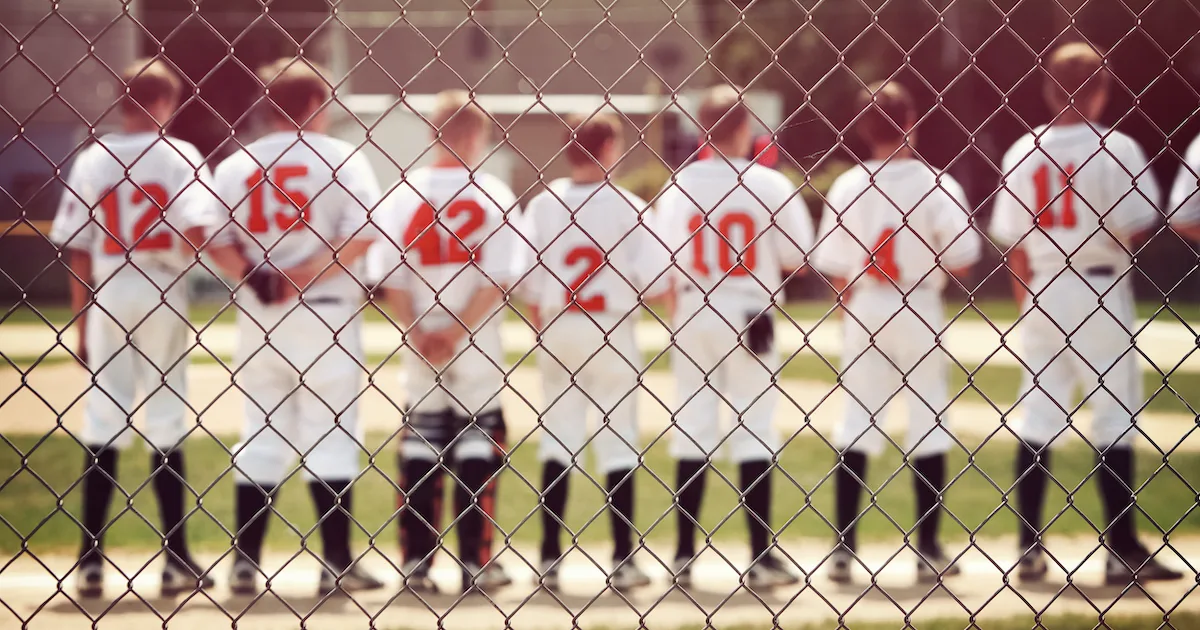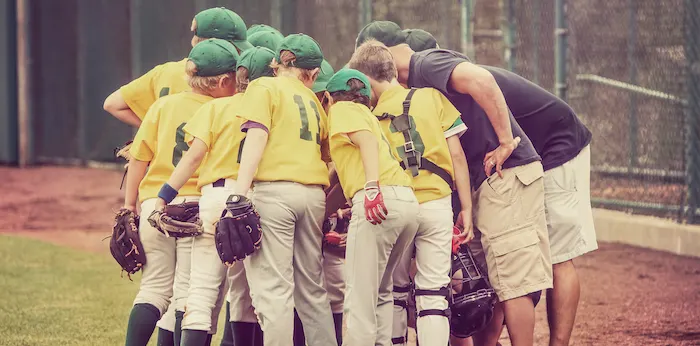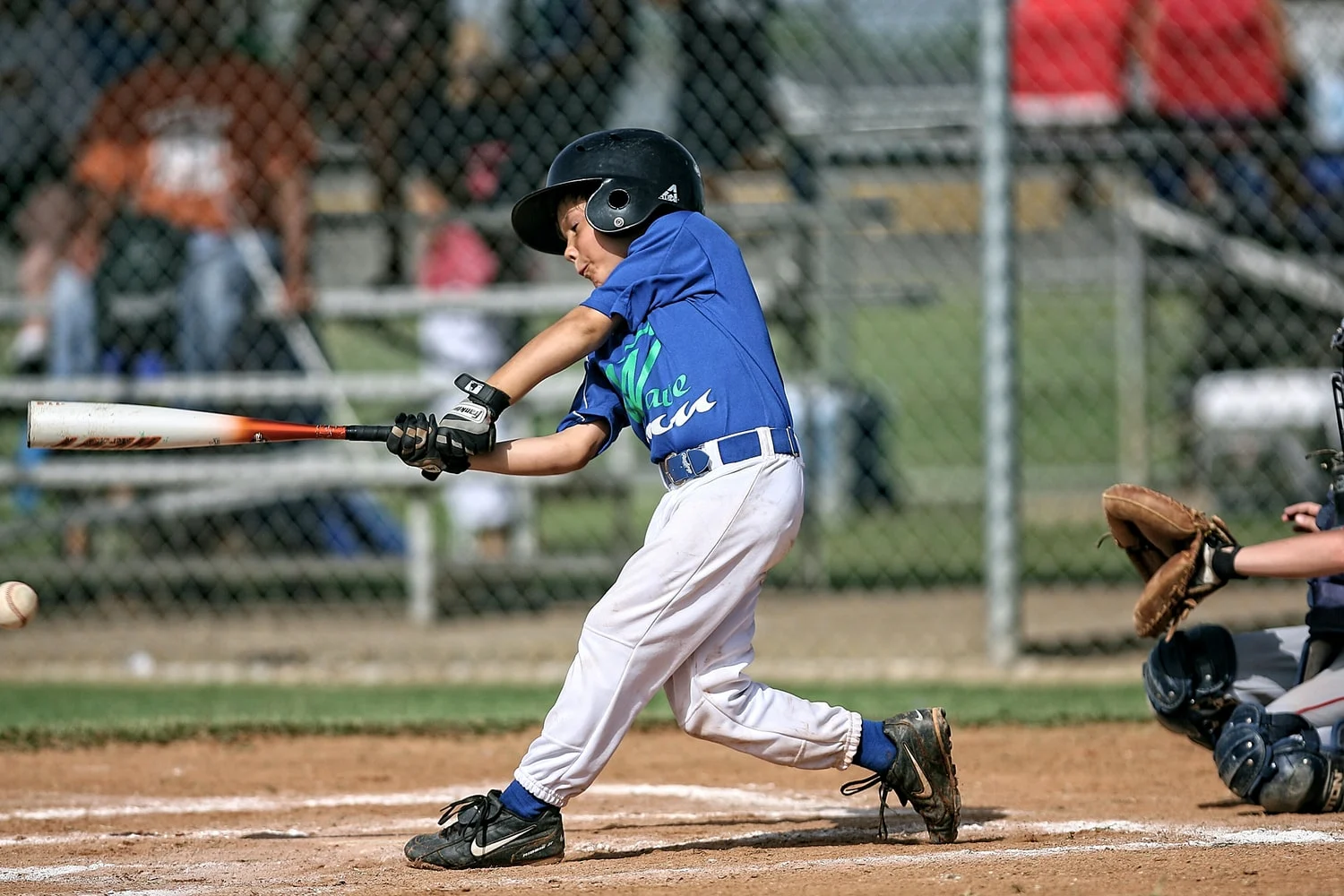
As a new coach or even an experienced one, planning a youth baseball practice can be a difficult task – kids are challenging after all – and that’s before giving them a metal bat!
Part of managing a youth baseball team is creating structured practice plans that cover the basics while still making time for fun. After all, this is youth baseball!
In this post we’re going to outline some simple principles to follow and even some sample drills for you to use when planning a youth baseball practice.
Preparing for Your First Baseball Practice
The first thing you have to think about is the level of players you’re coaching. The kind of plan you create for a travel baseball team practice shouldn’t be exactly the same as the kind you’d use for a recreational team or baseball league.
The same goes when considering the ages of the players – younger players can’t do all of the drills that older players may be capable of doing. You have to know your players and put together a practice plan that is tailored to their level.
With that said, remember that they’re kids and while it’s important to start developing good habits and skills at a young age, one of your primary goals as a youth baseball coach should be to drive your players’ love for the sport – so have fun.
At the same time, you want to prioritize introducing values that will set your players up for success as they get older, both on and off the baseball field. That means talking about the importance of teamwork, healthy competition and hard work.

Your first game will be more fun for your players, and as a coach, if you plan effectively in your first practices.
Ok, now that you know where to begin when thinking about youth baseball practice ideas, let’s go through some examples and take a look at the basic components of an effective practice on the field.
Pre-Practice Routines for Youth Baseball
Practice doesn’t start with the first baseball drill! A strong pre-practice routine will set the tone for everything that follows and is a wonderful way to teach youth players about discipline. Not to mention kids get distracted easily, so everyone knowing what to do immediately after arriving in the dugout can help you stay organized and start on time.
For example, have your players uniformly store their bags under the bench or against the fence and then have a plan for what to do while you wait for all the players to arrive. We like to turn that time into an activity to keep it engaging and get players excited for practice.
A great idea to fill this time is to have your players spread out along the first or third-base line and swing wiffle ball bats or PVC pipes (pick them up at a hardware store and cut them to bat length). With older players (12-13) you can actually use this time to assess their dry swings as well and make some corrections.
Warming Up for Youth Baseball Practice
The best thing to do with youth baseball players is integrate baserunning practice into the warm-up – we even did this at the Division 1 college level. Keep it simple for now, have the players run out an infield single, stressing the concept of hitting the front part of bag and running through the base. Then, they can run from first to third, practice tagging up and scoring from third on a fly ball and running out a double.
It’s important to focus on the fundamentals of base running with each drill. Once players become comfortable with everything you can incorporate some fun activities like safely teaching them how to slide into a base.
As players get older you’ll want to introduce dynamic warm-ups as well, which you can have them do before base running. Static stretching isn’t necessary for young players and should never be done cold, but it is important to teach them about keeping their bodies healthy and preparing for any sort of physical activity – so some light team stretching in lines or a circle can start to build good habits.

Players at all levels should get a light warm up in at the beginning of practice.
Structuring Your Youth Baseball Practice
After warm-ups, practice should be broken up into three main sections: throwing, defense and batting practice. The key throughout is to make sure everything is as engaging and motivating as possible while minimizing downtime.
If you have assistant coaches or access to multiple fields and batting cages, make sure you take full advantage of those resources. Also, invest in some equipment like tees, popup nets and throw-down bases so you can maximize the space you do have.
Throwing Drills
Throwing before practice is not just to warm up your arm. Especially at younger ages it needs to be practiced extensively.
Throwing and catching are two of the most fundamental skills in baseball and it’s shocking to see how often they are taken for granted. Have your players split up into pairs and go through a full throwing progression, backing up as they go. We suggest marking the distances with cones.
You can even turn it into a game – players get one point for a throw that hits their partner in the chest and two points for one that hits them in the head – this will ensure that your players are actively focusing on those fundamental skills.
Defensive Drills
After throwing it’s time to break up into defensive stations. Have some players work on fielding ground balls in the infield and others fly balls in the outfield. Here you want to maximize repetitions. Rotate the stations after about 15 minutes or however long makes sense depending on the length of your practice.
Once your players have been through every station, call everyone together for some team defense. You can have base runners here as well to make the scenarios more realistic and minimize standing around – just be sure that everyone gets a fair amount of time in the field. Go through the fundamentals of team defense: bunts, first and third situations, cutoffs and relays, double plays and so on.
Batting Practice
Every kid’s favorite part of practice! This is where making sure everyone stays engaged is most difficult. Everyone has seen it – one kid hitting while everyone else stands around shagging balls – not on your watch!
Break up your players into at least three different stations including tee work, soft toss and on-field batting practice. Make sure you have multiple buckets of baseballs for live batting practice so you don’t need to spend as much time picking them up between stations!

Get your players ready for their first game with consistent batting practice a few times per week.
Get Practicing!
Of course, this is just a youth baseball practice template and you’ll have to customize your practices depending on the age and skill level of your team.
You’ll always need to change up the drills to keep practice fresh and engaging. However, if you follow the main principles we outlined here, you’ll be setting yourself and your team up for a successful season!